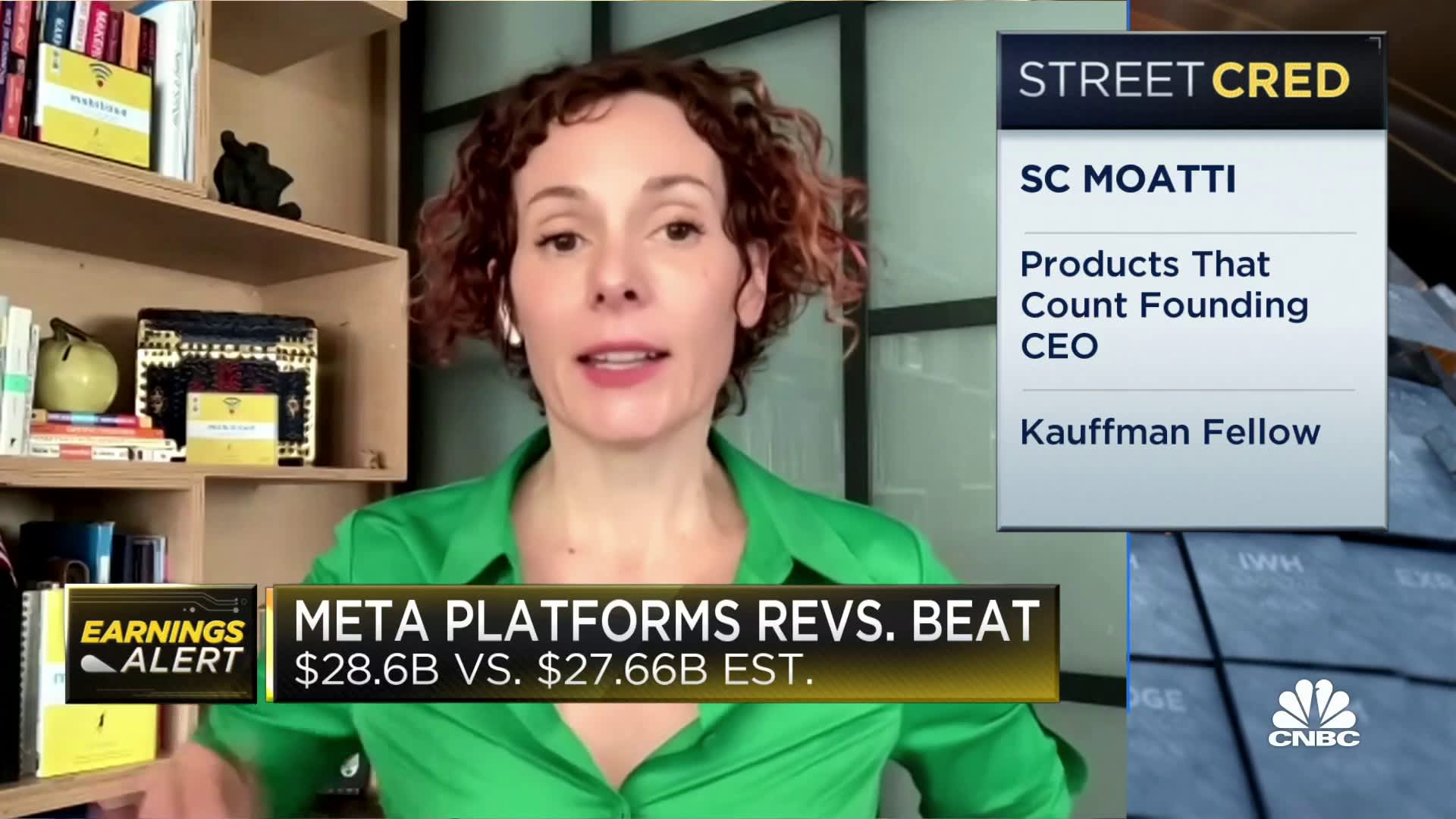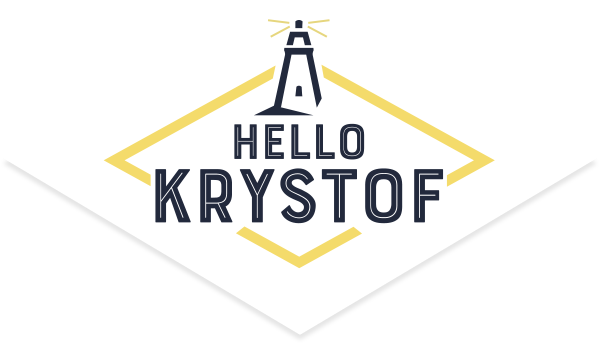Chad Spangler filming a video.
Courtesy: Chad Spangler
As TikTok CEO Shou Zi Chew faced hours of grueling questioning from members of Congress in late March, small business owner Chad Spangler watched in frustration.
The bipartisan congressional committee was exploring how TikTok, the massively popular short-form video app owned by China’s ByteDance, could pose a potential privacy and security threat to U.S. consumers.
Representatives grilled Chew about the app’s addictive features, possibly dangerous posts and whether U.S. user data could end up in the hands of the Chinese government. Politicians have been threatening a nationwide TikTok ban unless ByteDance sells its stake in the app, a move China said it “strongly” opposed.
But that’s not the only source of dissent. Creators such as Spangler, who sells his artwork online, are worried about their livelihood.
TikTok has emerged as a major piece of the so-called creator economy, which has swelled past $100 billion annually, according to Influencer Marketing Hub. Creators have formed lucrative partnerships with brands, and small business owners such as Spangler use the sizable audiences they’ve built on TikTok to promote their work and drive traffic to their websites.
“That’s the power of TikTok,” Spangler said, adding that the app drives the majority of sales for his business, The Good Chad. “They’ve captured the lightning in the bottle that other platforms just haven’t been able to do yet.”
Spangler has more than 200,000 followers on TikTok, and his business brought in over $100,000 last year, largely because of his reach there. Influencer Marketing Hub’s data shows that the average annual income for an influencer in the U.S. was over $108,000, as of 2021.
TikTok has been on a meteoric rise in the U.S., capturing an increasing amount of consumer attention from people who used to spend more time on Facebook, Instagram, Snapchat and Twitter. In 2021, TikTok topped a billion monthly users. An August Pew Research Center survey found that 67% of teens in the U.S. use TikTok and 16% said they are on it almost constantly.
Advertisers are following eyeballs. According to Insider Intelligence, TikTok now controls 2.3% of the worldwide digital ad market, putting it behind only Google, including YouTube; Facebook, including Instagram; Amazon, and Alibaba.
But with Congress bearing down on TikTok, the app’s role in the future of U.S. social media is shaky, as is the sustainability of businesses that have come to rely on it.
TikTok CEO Shou Zi Chew testifies before the House Energy and Commerce Committee hearing on “TikTok: How Congress Can Safeguard American Data Privacy and Protect Children from Online Harms,” on Capitol Hill, March 23, 2023, in Washington, DC.
Olivier Douliery | Afp | Getty Images
In April, Montana legislators approved a bill that would ban TikTok from being offered in the state starting next year. TikTok said it opposes the bill, and claims there’s no clear way for the state to enforce it.
Congress has already banned the app on government devices, and some U.S. officials are trying to forbid its use altogether unless ByteDance divests.
ByteDance did not respond to CNBC’s request for comment.
The White House also threw its support behind a bipartisan Senate bill in March called the RESTRICT Act, which would give the Biden administration the power to ban platforms such as TikTok. But following significant pushback, momentum behind the bill has slowed dramatically.
As the debate gains steam, creators are in a state of limbo.
Creators are turning to other platforms
Vivian Tu, who lives in Miami, has been preparing for a possible TikTok ban by working to build her audience and diversify her content across multiple platforms.
She began posting on TikTok in 2021 as a fun way to help answer co-workers’ questions about finance and investing. By the end of her first week on the platform, she had more than 100,000 followers. Last year, she left behind a career on Wall Street and in tech media to pursue content creation full time.
Tu shares videos in an effort to serve as a friendly face for financial expertise. Aside from posting on TikTok, she uses Instagram, YouTube and Twitter, and she also runs a podcast and a weekly newsletter.
Tu said she began building out her presence on multiple platforms before a potential TikTok ban entered the equation, and she’s hoping she spread out her income sources enough to be OK if anything happens. But she called her work on TikTok, where she has more than 2.4 million followers, her “pride and joy.”
“It would be a huge letdown to see the app get banned,” she told CNBC in an interview.
The top social media companies in the U.S. are preparing to try to fill the vacuum.
Meta, which owns Instagram and Facebook, has been pumping money into its TikTok copycat, called Reels. CEO Mark Zuckerberg said on the company’s earnings call last month that users are resharing videos over 2 billion times a day, a number that’s doubled in the past six months, adding “we believe that we’re gaining share in short-form video.”
Snap and YouTube have been pouring billions of dollars into their own short-video features to compete with TikTok.
Tu said she expects there will be a “massive exodus” of creators that flock to other platforms if TikTok is banned, but that the app is hard to beat when it comes to discovering new and relevant content.
“That’s why someone like myself, who didn’t have a single follower, didn’t have a single video, could make a video and have the very first one get 3 million views,” she said. “That really doesn’t happen anywhere else.”
Emily Foster with her stuffed animals.
Source: Emily Foster
Emily Foster, a small business owner, agrees. She said other media platforms can’t come close to offering the type of exposure she gets from TikTok.
Foster designs stuffed animals that she sells through her Etsy shop and her website called Alpacasews. She said she started sewing the plushies by hand as gifts for her friends and on commission. But when a video of a dragon she made during the pandemic received 1,000 views on TikTok — a number that’s tiny for her these days — she said it gave her the confidence to open an Etsy shop.
“I was like, ‘Oh my god, this could be something,'” she told CNBC.
Foster’s designs quickly gained traction on TikTok, where she now has more than 250,000 followers. She recently shared a behind-the-scenes video that showed her packaging up an order for someone who ordered one of every stuffed animal in her Etsy shop. The video quickly amassed more than 500,000 views, and her entire inventory sold out within a day.
‘Audience just isn’t there’
Demand for Foster’s stuffies soon outpaced her ability to make them by hand, so she turned to crowdfunding site Kickstarter to raise money to cover manufacturing costs. She raised over $100,000 in her most recent Kickstarter campaign, which came after three of her videos went viral on TikTok.
“My business would never be where it is today without TikTok,” she said.
With the looming threat of a TikTok ban, Foster said she’s been sharing content across Instagram, YouTube and Twitter to try to expand her following. At this point, she said, her business would probably survive if TikTok goes away, but it would be difficult.
“The audience just isn’t there, especially for smaller creators,” she said.
Beyond the money, Foster is concerned about losing the following she’s worked so hard to build. She said she’s met “fantastic” friends, artists and other small business owners on the platform.
“You’re never quite alone. It means a lot,” she said. “I’m stressed about potentially losing sales, potentially losing customers, but it’s more so just losing a community that’ll break my heart.”
For Spangler, the artist, the debate surrounding TikTok is maddening not just because of what it could mean for his livelihood, but because it seems to him that lawmakers are ill-informed about what the app does.
Spangler recalled one Republican congressman asking Chew in his testimony about whether TikTok connects to a user’s home Wi-Fi network.
“If you even have a working knowledge of anything technology related, if you watched those hearings, it was just very embarrassing,” Spangler said. “What’s extra frustrating is it feels like this is being potentially taken away from me by people who have no idea how any of this works.”
Spangler channeled his anger into his artwork. After the hearing, he designed a T-shirt featuring a zombie-like congressman with the phrase, “Does the TikTak use a Wi-Fi?”
He shared a video about it on TikTok and made almost $2,500 from T-shirt sales in less than two days.
WATCH: TikTok’s regulatory scrutiny may be a tailwind for Meta

This article was originally published on CNBC

